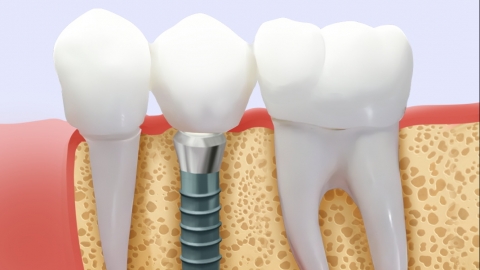Is the success rate high for bone grafting before dental implantation?
Generally, the success rate of bone grafting before dental implantation is relatively high under normal circumstances, though it may vary depending on individual conditions. A detailed analysis is as follows:

The core of bone grafting involves implanting autogenous bone, artificial bone powder, or biomaterials to increase the height and width of the alveolar bone, thereby providing a stable osseointegration foundation for the implant. Its success rate mainly depends on the bone grafting material used—as autogenous bone has better biocompatibility, its success rate is slightly higher than that of artificial bone powder; the patient's own bone healing capacity also plays a role, with younger individuals and those without underlying medical conditions typically having stronger healing abilities; and surgical technique, as precise grafting range and fixation methods can reduce material displacement and postoperative care, helping to prevent infection, avoid chewing hard foods, and maintain good oral hygiene. If patients suffer from conditions that impair bone healing, such as diabetes or osteoporosis, or experience complications such as postoperative infection or exposure of the grafted material, the success rate may decrease.
A high success rate of bone grafting before dental implantation must be based on professional evaluation and procedures performed at qualified medical institutions, along with good patient compliance. Preoperative CBCT imaging is necessary to assess bone defects, and strict adherence to postoperative medical instructions is essential to maximize the effectiveness of the bone grafting and lay the foundation for subsequent implant placement.




